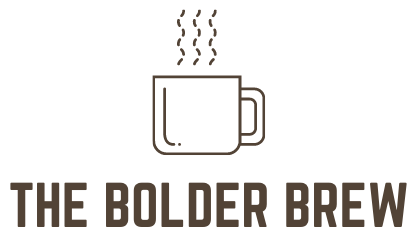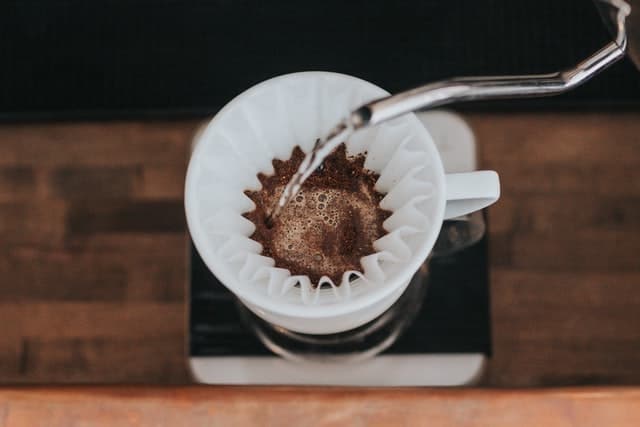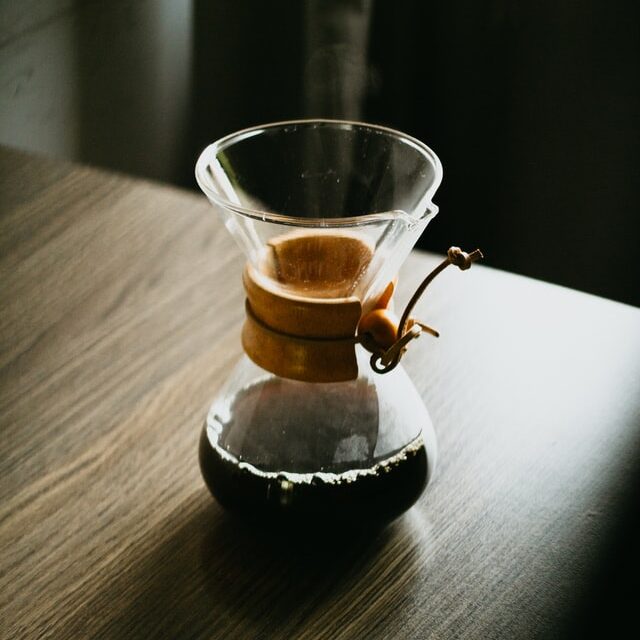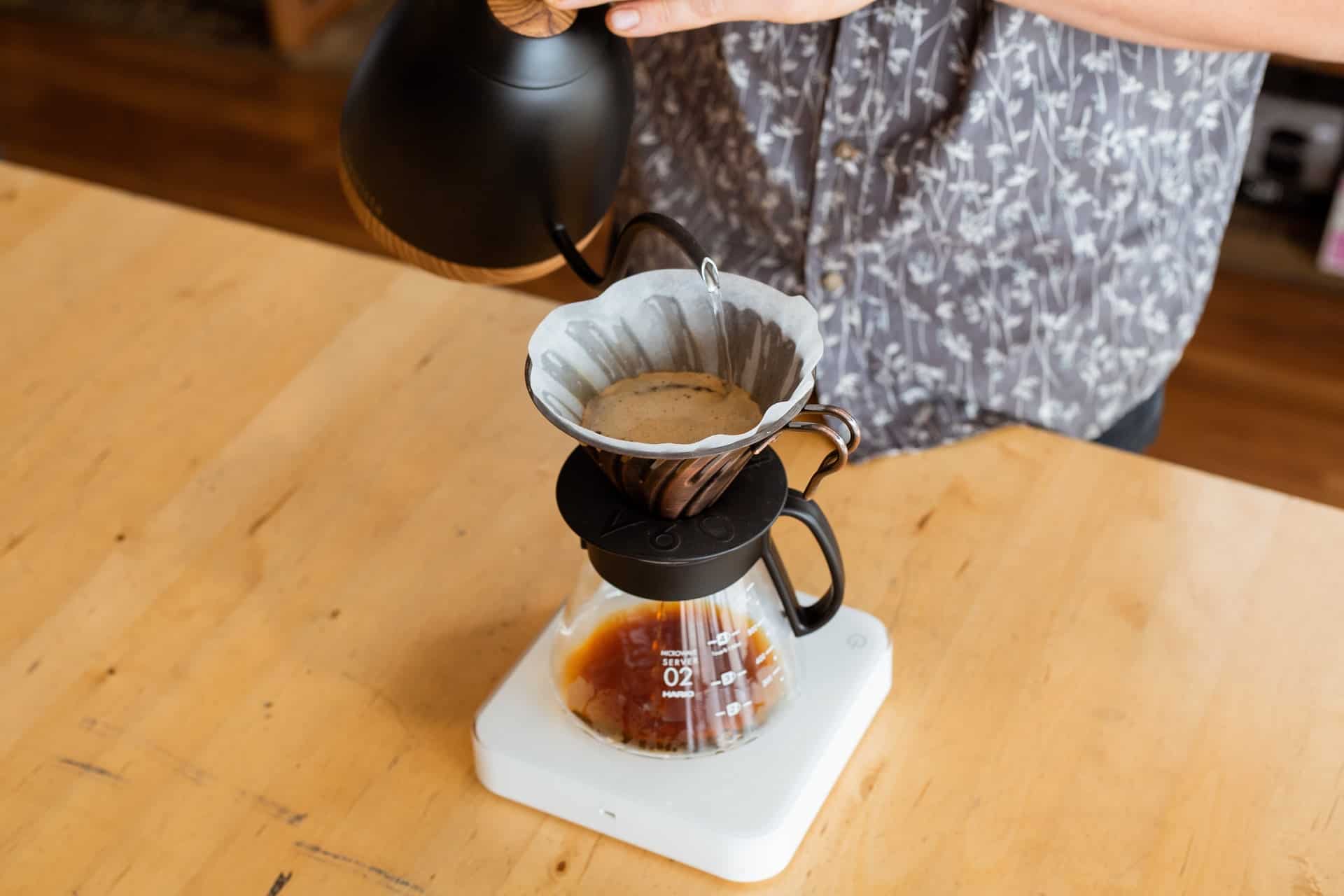What's Wrong With My Pour-Over Coffee? (Simple Fixes!)
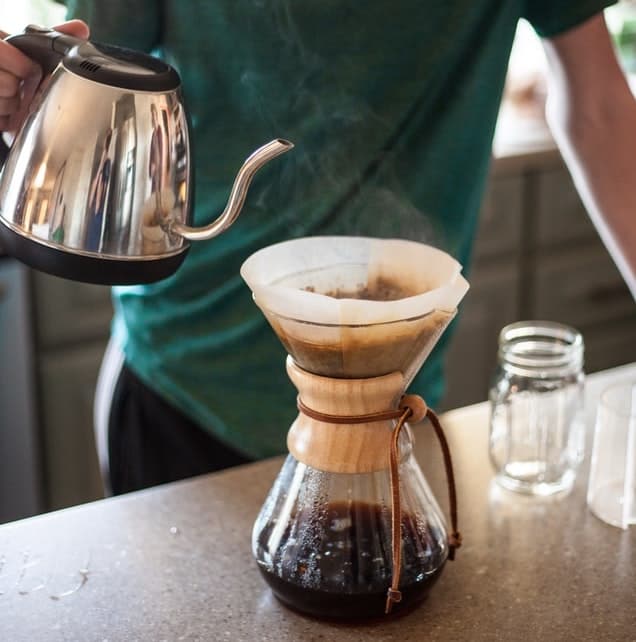
Great pour-over coffee is the result of patient practice. Just like anything manual, it takes a while to get it right, and a while longer to get it consistently right.
You'll inevitably have some off-tasting batches along the way.
Fortunately, they're not a total waste, since they can indicate exactly how to refine your brewing process.
Here's why your pour-over coffee tastes bad
Pour-over coffee is all about water control, so that's the most common culprit. Double-check that your water temperature is above 85°C/185°F (at least) and that you're using somewhere between 13-18 grams of water per gram of coffee. Other common problems are stale beans, inconsistent grind quality, or overly soft or hard water.
What to do about common issues
With experience, you'll develop good instincts for what's amiss with your brew—and more importantly, what to do about it.
A great way to build this intuition is by brewing the same coffee with one of the brewing variables (grind size, water temperature, etc.) toward the opposite extreme. Is it better or worse? How so? What happens when you change a second brewing variable?
To get you started, here's a rundown of the most common flavor issues you'll run into.
Why is my pour-over weak and watery?
This happens when not enough of the coffee compounds have dissolved in the water. In coffee terms, it's under-extracted. The three main causes are too much water (more than about 18 grams per 1 gram of coffee), too coarse of a grind, or insufficiently hot water (below at least 85C/185F).
It's also possible to get a weak brew when using an ultra-fine grind. That sounds counterintuitive, but makes sense when you consider that water won't properly disperse through such fine grounds. This is rare, however, since many home grinders don't even grind fine enough to create this effect (and if they do, they're often painfully slow at that level).
Why does my pour-over taste sour?
It often tastes sour when light-roasted beans are under-extracted. The easiest solution is to grind slightly finer while using hotter water, at least 95C/205F. Less often, the beans themselves are roasted too lightly ("underdeveloped").
If your water is near boiling, and the grind is fine enough that brewing takes around 3 minutes, then the coffee itself may be the issue.
Some lighter batches of coffee are under-developed, meaning that the beans weren't roasted long to develop the richer flavor created by prolonged heating. That's not common from reputable roasters, but I've encountered it a few times.
Why does my pour-over taste bitter?
A bitter pour-over usually means too much of the coffee compounds have dissolved, which is known as over-extracted. It's most common with dark roasts that are ground too fine and/or brewed with excessively hot water. Try grinding your coffee at least as coarse as table salt, then cool your water to about 85C/185F before brewing.
Hot water doesn't actually create the bitter taste; it just dissolves more of the bitter-tasting compounds that already existed.
What about your brewing ratio?
You might also find it bitter because you're simply using too little water/too much coffee. That doesn't usually create more bitterness per se, but it can cause harshness or pungency that's easy to mistake for pure bitterness.
To rule that out, use at least 15 grams of water per 1 gram of coffee. You can go up to about 18 grams, but I find 16-17 is best for darker roasts (depending on the exact brewing device).
Remember, too, that some people enjoy a level of bitterness that others find unpalatable.
If you're among the latter, then consider simply switching to a lighter roast. That might seem too obvious to mention, but keep in mind that bitterness is subjective, and enjoyment of bitterness is even more so.
The easiest ways to improve your pour-over brews
First off, you will not say you'll need a certain pour-over dripper or filter or kettle. Those things are fun to experiment with, but none is the key to good coffee!
The deliciousness (or lack thereof) comes from how you use them, as we just went over.
But if all the above still isn't getting you a good brew, then you might be handicapped by beans that have passed their prime, a grinder that isn't up to snuff, or water that's invisibly ruining the brew. Fortunately, those issues are easy to fix!
Get fresh beans from a quality roaster
Freshness is everything.
Ideally, they're no more than 1-2 weeks old, but up to a month is usually fine.
The darker the roast, the shorter the window of freshness.
Light roasts may still taste terrific after a month, but darker ones almost certainly won't.
Invest in a good burr grinder
Inconsistent coffee grounds don't extract evenly, so a grinder with high-quality burrs is essential.
Worthwhile manual grinders begin around $100 for a Timemore (reviewed here and available here), or you can pay about $150 for a basic electric grinder like the Baratza Encore (available here).
Check out this article on choosing a grinder for a more thorough guide.
Avoid water that's too soft or too hard
Finally, brew with water that has some mineral content.
Trace minerals like sodium and magnesium reveal the nuances that good beans have to offer.
That means distilled and reverse osmosis water are out. Their total lack of minerals causes dull, flat coffee that no beans, brewing process, or equipment can remedy.
On the other end of the spectrum, overly hard water is also a problem.
Coffee and water chemistry is too big of a topic to tackle here, but start with James Hoffman's excellent guide if you to learn more.
